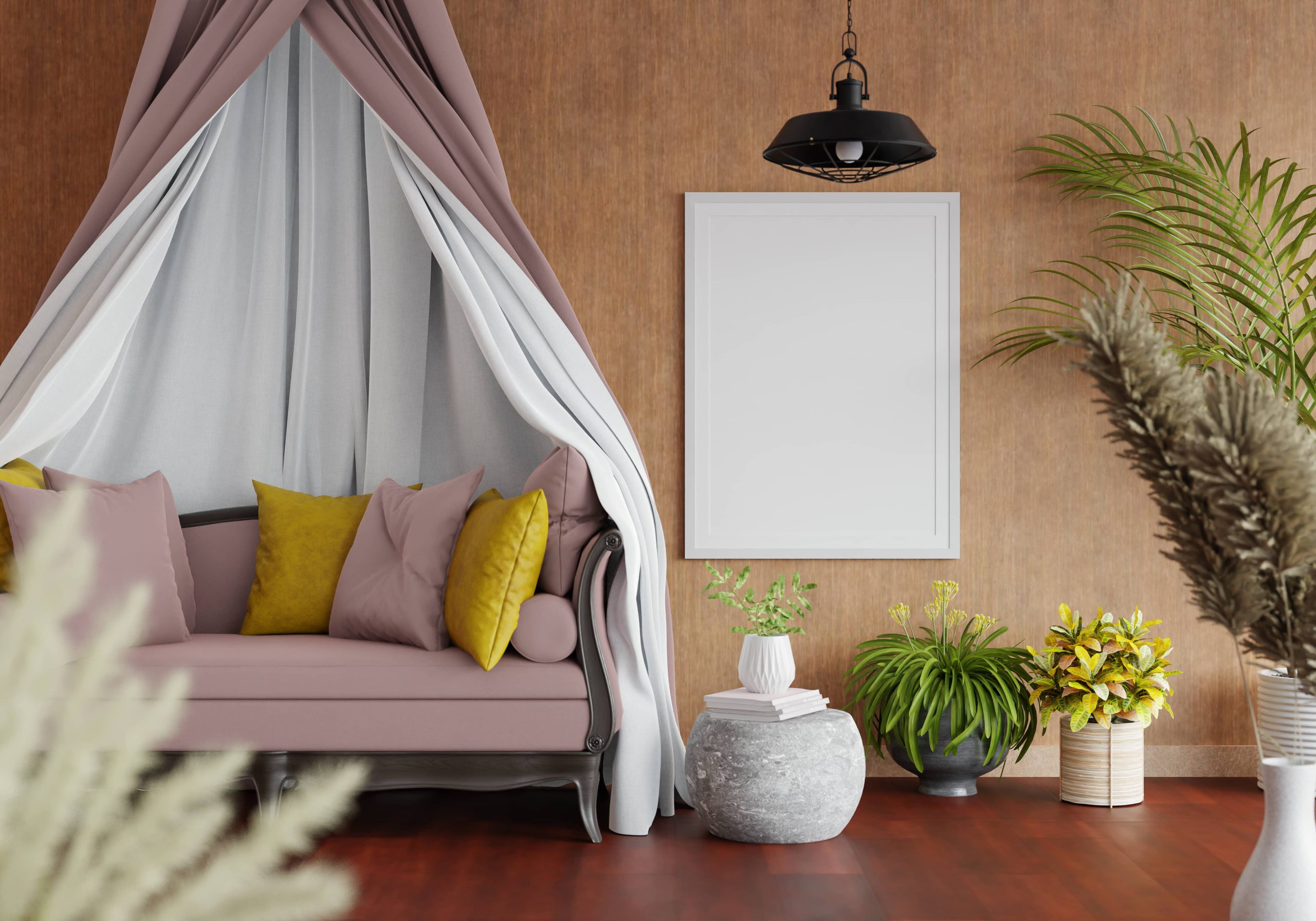
Your living room is more than just a room. It’s the heart of your home, a place where you gather with family and friends, a space where stories are shared, laughter is echoed, and comfort is found. Ensuring that this room is both functional and inviting is essential. Whether you’re looking to give your living room a minor facelift or a complete makeover, these interior design tips will help you create a space that’s perfect for living, loving, and lounging.
1. Find Your Focal Point
The first step in designing any room is deciding on its focal point. In a living room, this could be a fireplace, a large window with a view, or a television. Once you’ve identified your focal point, arrange your seating and decor to naturally draw the eye towards it. This creates a cohesive look and gives your room a sense of purpose. If your room lacks a natural focal point, consider creating one with a feature wall. Use wallpaper, a bold paint color, or a large piece of artwork to capture attention.
2. Choose the Right Color Scheme
Color can dramatically affect the mood and feel of a space. For a relaxing and calming environment, consider a palette of neutrals or pastels. Soft grays, beiges, and whites create a serene backdrop that works well in most living rooms. If you prefer something bolder, incorporate vibrant colors through accent pieces like throw pillows, vases, or a statement rug.
Remember also to consider lighting when selecting colors. Natural light can alter how colors appear throughout the day, so it’s important to see how your chosen hues look in both daylight and artificial lighting.
3. Prioritize Comfort and Function
The perfect living room is one that balances style with comfort and function. Choose seating that encourages relaxation but doesn’t compromise on aesthetics. For instance, sectionals are great for families, providing ample seating while infusing a cozy vibe. Alternatively, pairing a couple of plush armchairs with a stylish sofa can create a sophisticated yet inviting atmosphere.
Beyond seating, consider your living room’s layout and flow. Ensure there’s enough space for people to walk around without bumping into furniture. Also, think about the room’s acoustics; rugs can help reduce echo and create a warmer feel.
4. Layer Your Lighting
Lighting plays a pivotal role in interior design, especially in the living room. A well-lit space should have multiple sources of light to create different moods and settings. While ceiling lights are essential, consider adding floor lamps, table lamps, or wall sconces for additional layers of light. Dimmer switches can also be a valuable addition, allowing you to adjust the brightness depending on the time of day or occasion.
Incorporate task lighting for areas like reading corners or near artwork to highlight those details. Don’t forget about natural light — use curtains or blinds that can easily adapt to your desired light levels.
5. Incorporate Textures
Adding a variety of textures is an excellent way to make your living room feel cozy and inviting. Mix materials like leather, linen, wool, and wood to create a warm and balanced look. Textured throw pillows, a plush rug, and a knitted blanket draped over the sofa add depth and interest to the room. Also, consider using plants or flowers for an organic texture that breathes life into your space.
6. Personalize with Decor
Your living room should reflect your personality and lifestyle. Display artwork that speaks to you, family photos in stylish frames, or souvenirs from your travels. Bookshelves not only provide storage but can also showcase your interests and hobbies. Make sure to balance personal items with more neutral pieces to avoid a cluttered look.
When choosing decorative objects, think in terms of scale and proportion. Group items in odd numbers, vary heights, and layer pieces for visually pleasing arrangements.
7. Utilize Smart Storage Solutions
A tidy living room is more enjoyable and easy to relax in. Invest in smart storage solutions to keep your space organized. Consider furniture pieces that offer hidden storage, like ottomans or coffee tables with built-in compartments. Wall shelves are great for displaying decorative items and keeping essential items within reach.
Among other considerations, prioritize clear surfaces and floors for a more open and breathable space. Baskets or boxes can be functional and stylish, providing a home for things like remotes, magazines, or kids’ toys.
8. Experiment with Layouts
If you’re feeling adventurous, try experimenting with different furniture layouts. Moving furniture around can transform the dynamics of the room more than you think. Sometimes, the most unexpected arrangements become your favorite. Remember, your living room’s primary goal is to be comfortable for you and your family, so test out different layouts until one feels just right.
Final Thoughts
Updating your living room doesn’t require a massive budget or time. It’s about smart choices, recognizing your style, and translating these into a cohesive and inviting space. With these interior design tips, you can effortlessly enhance your living room, creating a room that’s not only beautiful but also a true reflection of you and your family’s needs. Whether it’s a minor tweak or a complete overhaul, every change you make should bring comfort and joy to your daily life.







